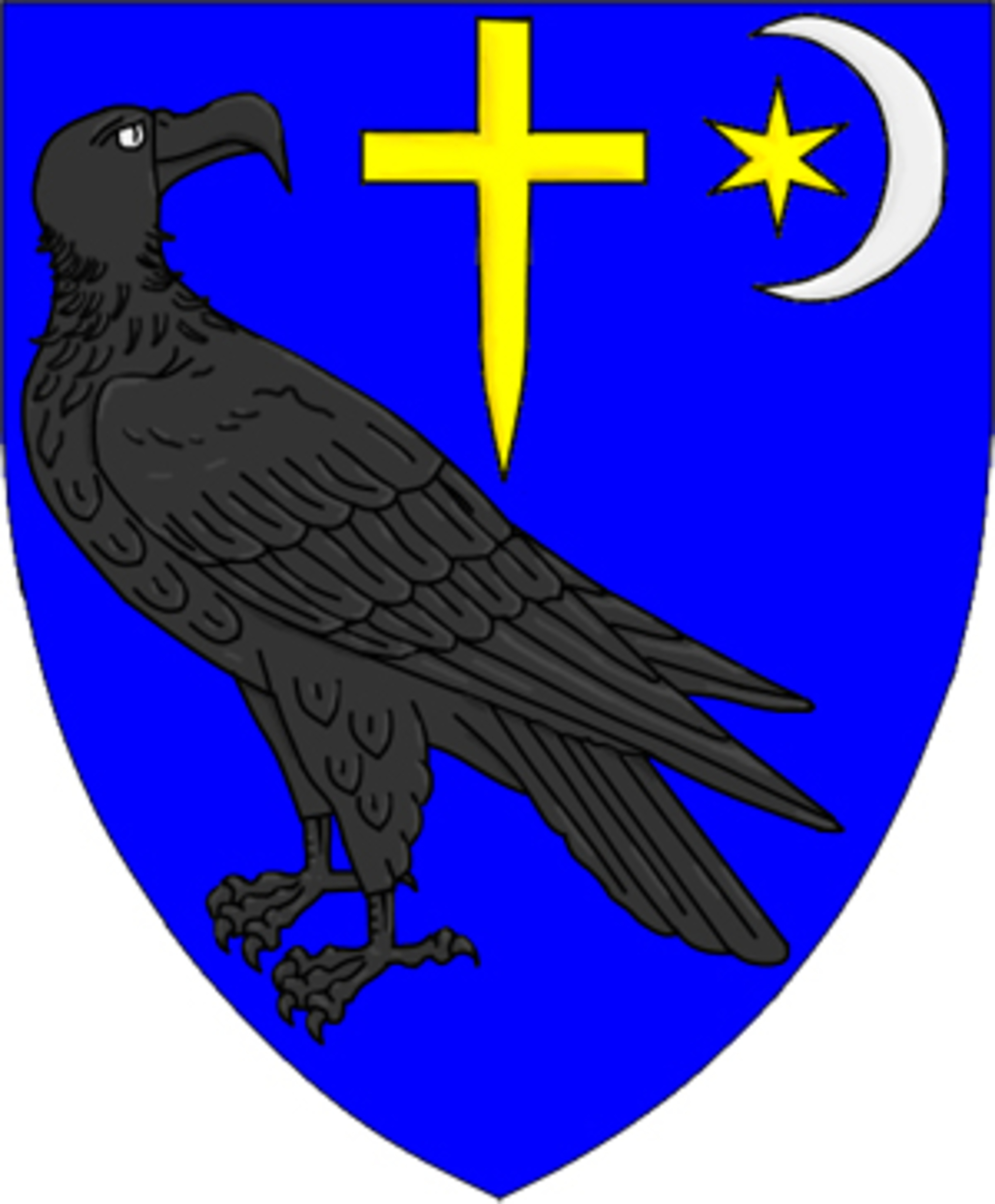The Principality of Wallachia
Wallachia was founded as a principalityin the early 14th century after a rebellion against Hungarian king. It was situated north of the Lower Danube and south of the Southern Carpathians.

Coat of arms

Shirt
| Position | First name | Last name | Mjesto rođenja | Like | Dislike | |
|---|---|---|---|---|---|---|
| GK | Ciprian | TATARUSANU | Bucharest |
21 |
7 |
|
| GK | Florin | NITA | Bucharest |
11 |
1 |
|
| GK | Silvio | LUNG JR. | Craiova |
7 |
2 |
|
| DC | Ionut | NEDELCEARU | Bucharest |
7 |
2 |
|
| DRC | Christian | SAPUNARU | Bucharest |
7 |
1 |
|
| DRC | Mihai | BALASA | Târgoviște |
8 |
3 |
|
| DLC | Stefan | RADU | Bucharest |
21 |
6 |
|
| DR/AMR | Gabriel | ENACHE | Piteşti |
5 |
10 |
|
| DL | Razvan | RAT | Piatra-Olt |
6 |
3 |
|
| DL | Steliano | FILIP | Buzău |
7 |
5 |
|
| DL/ML | Bogdan | VATAJELU | Ostroveni |
7 |
1 |
|
| DC/DMC | Valerica | GAMAN | Băilești |
9 |
1 |
|
| DMC/DR | Andrei | PREPELITA | Slatina |
7 |
1 |
|
| MC | Doru | DUMITRESCU | Drăgăneşti |
4 |
2 |
|
| MRC | Razvan | MARIN | Bucharest |
13 |
0 |
|
| MLC | Christian | TANASE | Piteşti |
12 |
3 |
|
| MLC | Dan | NISTOR | Rucăr |
6 |
4 |
|
| AMC | Florentin | MATEI | Bolintin-Vale |
6 |
2 |
|
| AMRLC | Aleksandru | BALUTA | Craiova |
12 |
0 |
|
| AMRLC | Alexandru | MITRITA | Bucharest |
9 |
0 |
|
| AMRLC | Valentin | LAZAR | Ploiești |
10 |
0 |
|
| AMRL | Adrian | POPA | Bucharest |
14 |
1 |
|
| AMRL | Aleksandru | CHIPCIU | Brăila |
15 |
1 |
|
| AMRL | Valentin | COSTACHE | Videle |
5 |
2 |
|
| AML/DL | Nicusor | BANCU | Crampoia |
9 |
0 |
|
| AMRL/FC | Aurelian | CHITU | Ţăndăre |
6 |
1 |
|
| AMRL/FC | Florin | TANASE | Găești |
9 |
4 |
|
| AMRL/FC | Florinel | COMAN | Brăila |
7 |
2 |
|
| SS/FC | Constantnin | BUDESCU | Ploiești |
16 |
0 |
|
| FRLC | Andrei | IVAN | Moreni |
6 |
4 |
|
| FRLC | Bogadan | STANCU | Pitești |
9 |
3 |
|
| FRLC | Denis | ALIBEC | Mangalia |
12 |
2 |
|
| FRLC | Raul | RUSESCU | Râmnicu Vâlcea |
12 |
3 |
(Today part of: region Wallachia in Romania)
The people known as the Wallachians appeared in the 12th century in the Carpathian lands between the rivers Olt and the Danube. The area was under the control of Hungarian kings in mid-13th century, after which time the Mongol incursions and the dying out of the Árpád dynasty, followed by the inevitable civil war for the throne, curbed their power. In the meantime, these events enabled the strengthening of the local Wallachian elite to gain a greater degree of independence, and establish the Principality of Wallachia at the beginning of the 14th century, led by Basarab I (ruled 1310-1352), residing in Campulung. Soon after, to the north of it, in the area between eastern Carpathians and the river Dniester, in mid-14thcentury, rose the Principality of Moldavia.The fates of these two political entities will be closely interconnected from that time on.
Orthodoxy with Old-Slavic rites dominated both of them. Furthermore, the ancient Roman occupation left after itself a crude form of Latin in the deserted areas that will mark the local populace from their neighbors (the Slavs and Hungarians). In the Middle Ages 60% of the vocabulary was made up of borrowed words from Slavic languages, or Greek or Albanian. At the beginning of the 15th century the Ottoman conquests of their lands began. In general, the 14th, and especially from the 15th century on, the political success of Wallachian and Moldavian dukes was reduced to maintaining their autonomy, rather than achieving sovereignty and independence, and depended on the exploitation of the rivalry between the Hungarians and the Ottomans.
Sources
- Felipe FERNANDEZ-ARMESTO, Narodi Europe, Zagreb, 1997.
- ''Wallachia'', https://en.wikipedia.org/wiki/Wallachia
- ''Moldava'', https://en.wikipedia.org/wiki/Moldavia
- Coat of amrs: https://en.wikipedia.org/wiki/List_of_Romanian_coats_of_arms
